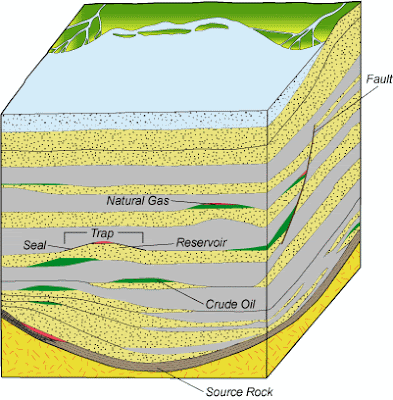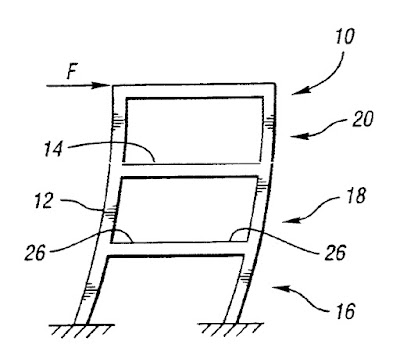 |
| Image Source: teeic.anl.gov |
Rapid modernization and globalization has posed a significant effect in the world today. Excluding the repercussions it has on the environment, it has posed a threat in the maintenance of supply of oil and natural gases. While it is deemed that these are nature’s gift in great amounts, tapping into them is another issue.
Because of the increasing demand in oil products and because of the fact that oil reserves have been almost drained to nothing, the oil industry has been scourging the seas for new reservoirs, conquering the depths to ensure that there is enough supply of the so-called “black gold.”
Offshore Pipelines, which Dr. Ali Ghalambor wrote together with Tian Ran Lin, Shanghong Song, and Jacob Chacko, states that there is a growing interest in offshore pipelines. It is said that more than third of the worldwide growth in drilling came from deepwater and offshore pipelines. Although this has been a growing trend for the last 10 years, deepwater pipelines pose a different challenge compared to the more conventional hydraulic fracturing.
In deepwater extraction of oil reserves, the most critical issues are: collapse resistance, low variation in actual mechanical properties, and sour service resistance.
 |
| Image Source: freepatentsonline.com |
Collapse resistance means that the pipelines should be able to withstand internal pressure at certain depths. As the exploration goes deeper, the yield strength and the wall tolerance of pipelines should increase. During the wielding process of the pipes, it is expected that pipes should have a low variation in actual yield strength, not exceeding the specified maximum strength of 100 mega pascals. If such restrictions and specifications are observed, buckling can be avoided during the laying process. Sour service resistance is another factor that must be considered. If line pipes and risers are exposed to sour environment, clean pipes are mandatory to ensure that pipes are corrosion-resistant.
Other considerations are the conditions of the seabed and the repair contingencies. The seabed is governed by different terrains that threaten the integrity of the pipelines. These terrains that can challenge the strength of pipes are: faults, unstable slopes, mudflows, and turbidity. Another consideration is the repair that comes with deepwater pipelines. While the probability of damage and repairs in a properly planned offshore pipeline is small, the risk that comes with it is a big concern as addressing repairs underwater is difficult and challenging.
 |
| Image Source: arb.ca.gov |
Read more on Dr. Ali Ghalambor and deepwater pipelines by visiting Facebook.
No comments:
Post a Comment